Rajat Agrawal, chief executive officer, Barista on the brand’s journey, growth and expansion plans
New Delhi: Barista is among the coffee chain pioneers credited to popularising the coffee culture in a tea-drinking country like India. However, in its quest, barista has gone through a roller-coaster ride in its decades-long journey and has changed its ownership four times.
Currently Barista is India’s second-largest coffee chain operator with 350 outlets, after Café Coffee Day which has 1,384 outlets as of February 2023.
The coffee brand is also present in Maldives and Sri Lanka, where it is the largest coffee chain (read more about it here). In Sri Lanka, barista has been named the most popular service provider in the cafes and coffeehouses category for 2021 in the exclusive customer experience ranking announced by LMD (Lanka Monthly Digest).
The 23-year-old brand is now gearing up for its next phase of expansion and aims to reach the 500-store mark in India by 2024, according to Rajat Agrawal, chief executive officer, Barista.
The chief executive officer spoke to IndiaRetailing about the brand’s journey, growth and expansion plans
How challenging was it to build Barista as a brand in a tea-loving country like India?
India is largely a tea-drinking nation, even today. I don’t think this is going to change at a large level. The culture of coffee shops is not just about the beverage, it is about the entire package—community building, conversations, and an engaging experience both on social and business community levels.
Indians look at this concept as a form of adaptation from the West and are slowly getting used to it. As an industry, there is huge potential, and the immense opportunity is attracting new players in large numbers. In the last five years, we have seen so many brands coming into this space.
Did coffee as a segment pick up more in the post-pandemic era?
The Indian retail food and beverage (F&B) sector understood this model well during the pandemic. Hence, the growth rate for most of the players in the F&B industry has been huge in this period. The overall industry phenomenon witnessed an upsurge in terms of buying patterns and approaches. Adapting to new cultures around coffee, home consumption and online ordering is also becoming a big thing. These things are adding to a larger portfolio.
Post-pandemic, we have seen a healthy growth rate. We are at a double-digit like to like growth rate compared to what we were doing before. Barista has also grown in terms of store count as we have added around 150 stores in the last three years.
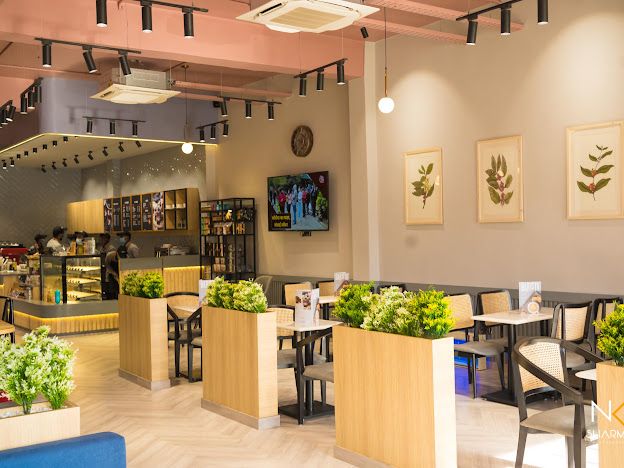
How has your growth been since the pandemic?
We have been able to grow our inventory. From pre-pandemic to post-pandemic, we have been able to achieve double-digit like-to-like growth.
The network revenue for FY 23 has been around Rs 190 crore and by the end of FY24, we aim to reach the Rs 250 crore mark. We are at a double-digit growth rate currently.
What is special about your specialty coffee?
Globally, 20% of coffee consumption is around specialty coffee, which is single origin and various other types of coffee. Barista wanted to be the pioneers in this category and hence we started with specialty coffee in 2019.
We started with about two flavor profiles, suited for morning and evening basis taste palate. The third variant has been launched recently. We are also working towards a few more ranges around our specialty coffee. Today’s consumer is learning and wants to experiment. As a result, we have been coming up with new products, designs and setups.
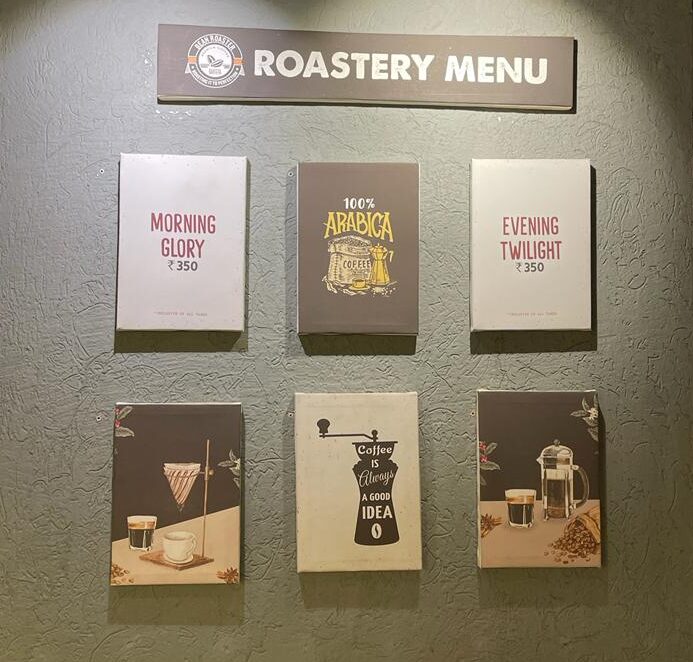
Tell us about your vending business.
We started vending about five or six months back. We have implemented machines and also have a healthy pipeline. The business model caters largely to the B2B segment, MNCs (Multinational Corporations), Small-scale businesses too are now opting for vending machines. The demand is high, and it also makes operations linear.
Vending space is picking up well, we have aggressive roll-out plans in the financial year (FY) 2024 to make this segment big.
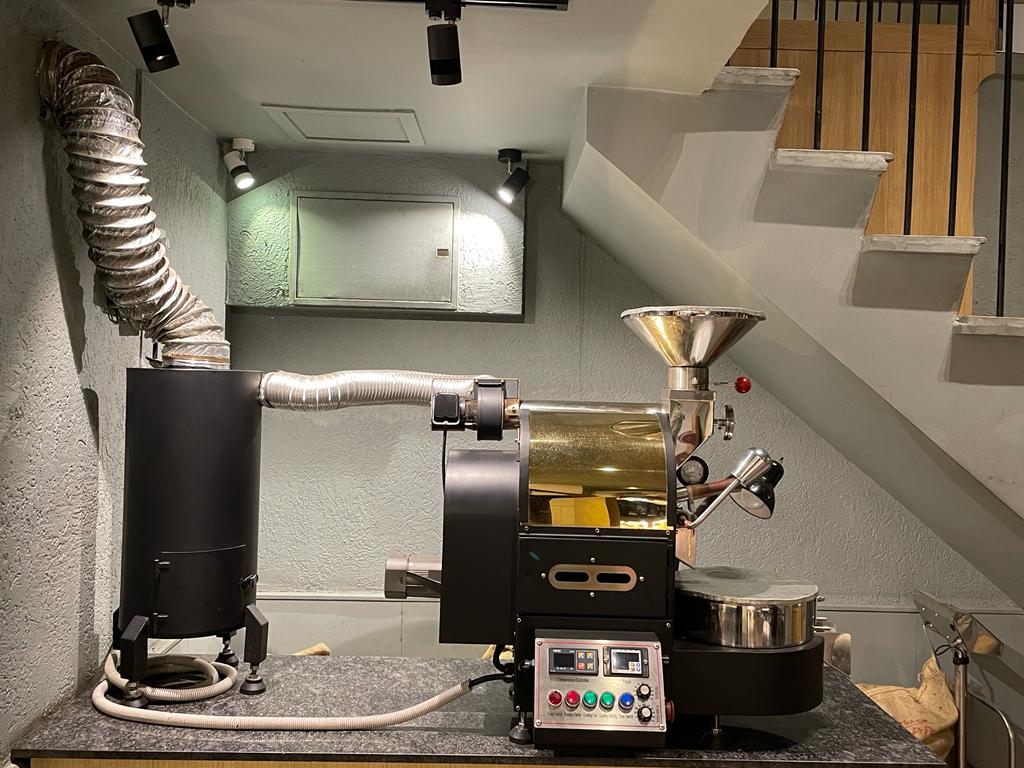
What is your preferred store location, high street or malls?
It’s a mixed bag. There is no clear way to say that it will be a high street or mall as the formula depends on the business economics at the end of the day. Around 25-30% of our inventory currently is in shopping malls. We have penetrated well in non-metros with high street stores. The non-metros have fewer shopping malls compared to metros and hence high-street stores provide the perfect balance.
When looking at inventory, we look at both opportunities. Currently, almost 70% of our inventory is available on the high street and 30% in malls.
That is because coffee is a community concept. If you want to meet somebody, you prefer something which is in the neighbourhood, not 10 kilometres away, in a mall. A café in a mall is largely for people who come to shop.
Define your set of target customers.
About 80% of our audience is between 25 to 45 years of age, followed by elderly people. We have been able to develop customer stickiness through our experience around the product along with the legacy of our 23 years of existence.
What is your pricing strategy compared to other brands?
As far as price points are concerned, the strategy is clear. It is dependent on the location where we operate. If we are opening in a non-metro city, the pricing could be lower. We have tier wise pricing structure. If I were to compare it with the competition, it is similar to that of other brands, maybe 10-20% lower in comparison to Starbucks and Tim Hortons. Otherwise, it is largely in the same range.
Barista has an outlet in Leh, not many brands have made it there. How many other such locations have you reached?
We are the only brand which exists in almost seven hill towns now. We are in Leh, Mukteshwar, Manali, Dalhousie, Katra, Srinagar. We have recently opened an outlet in McLeod Ganj. We have almost 100 outlets on the Punjab and Himachal Pradesh belt. We are present in all the towns and highways leading to hill stations.
Do you have different menu sets for different regions?
We go for different price points in different regions. There is differential pricing at a differential product level. We also have a certain part of the menu which is customised to local palates.
And there are consumer preferences as well. So, we do certain add-ons by integrating them into the menu. However, at a standardisation level, 90% of our menu is pretty standard across outlets.
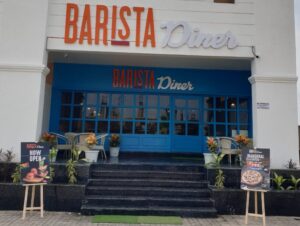
Can you tell us more about the dinner format outlets?
We started the dinner format in early 2018. This was the need of the hour to take the brand into the next integration. A conventional café offers limited types of food, we wanted to have a large-scale heavy food menu at some places and hence Barista Diner came into the picture.
The diner format has been getting a reasonable response. On a quarterly basis, we keep on reviewing our menu to make it food-centric.
The growth around Barista Diner was slow during the pandemic because as an invention, it needed a larger level of space and investment.
Today, we operate five diner outlets across Punjab and Delhi NCR. The idea is now to double the number of outlets by FY 2024.
We want to be cautious in the approach as Diner is a food-centric format and we want to control the food experience and are aiming for stable and steady growth.
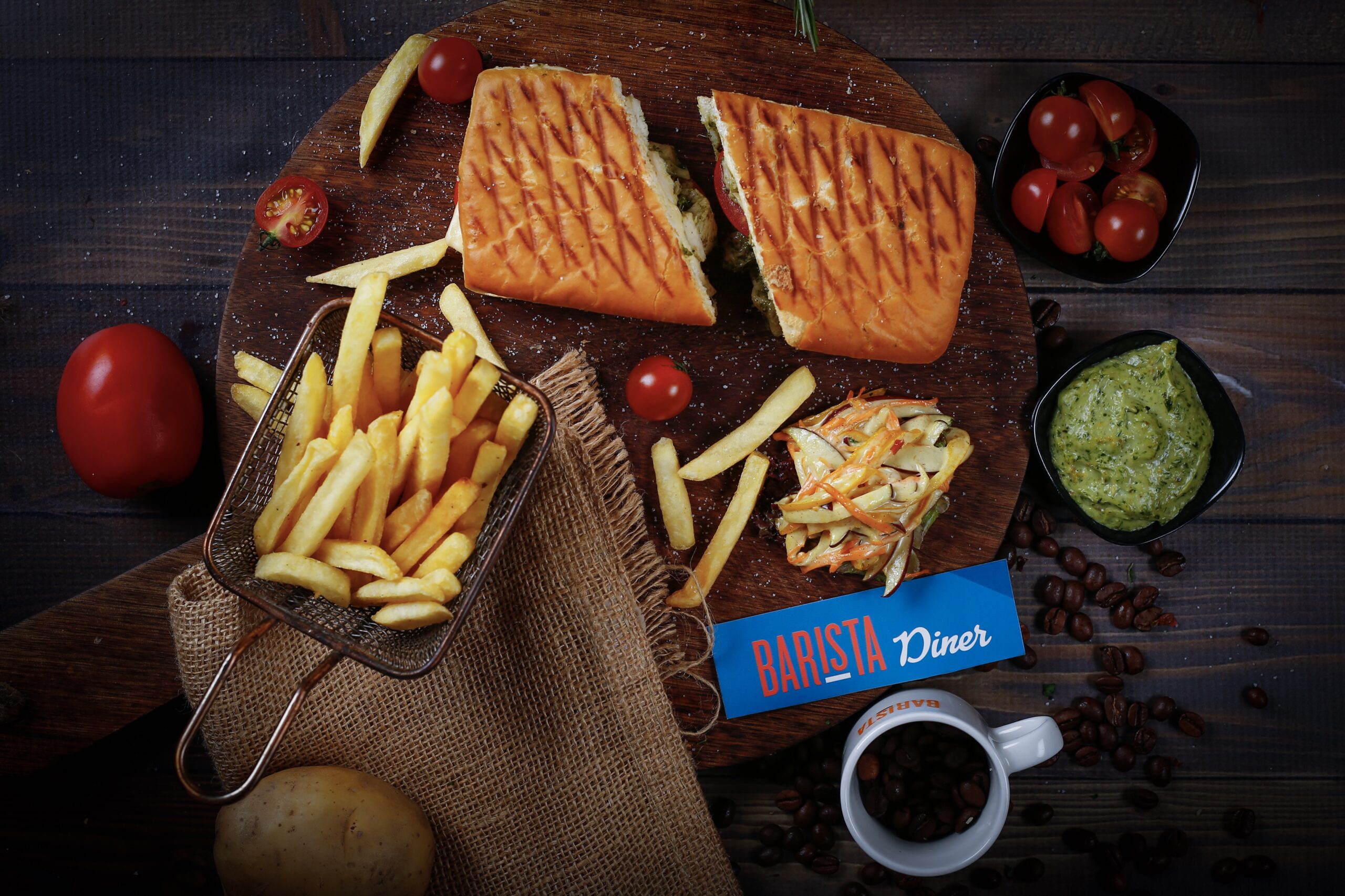
Is Barista planning to launch ‘ready-to-drink’ coffee like some of your competitors?
In the last few years, we launched products like Cold Brew (the cold coffee) and also the ready-to-drink drip coffee, which just needs to be dipped in hot water and is ready for consumption.
We’re also working around developing new cold beverages which are more RTD (Ready-to-drink) specially for FMCG (Fast-Moving Consumer Goods) business. On the FMCG side, we have a few variants of instant coffee, cookies, and chocolates.
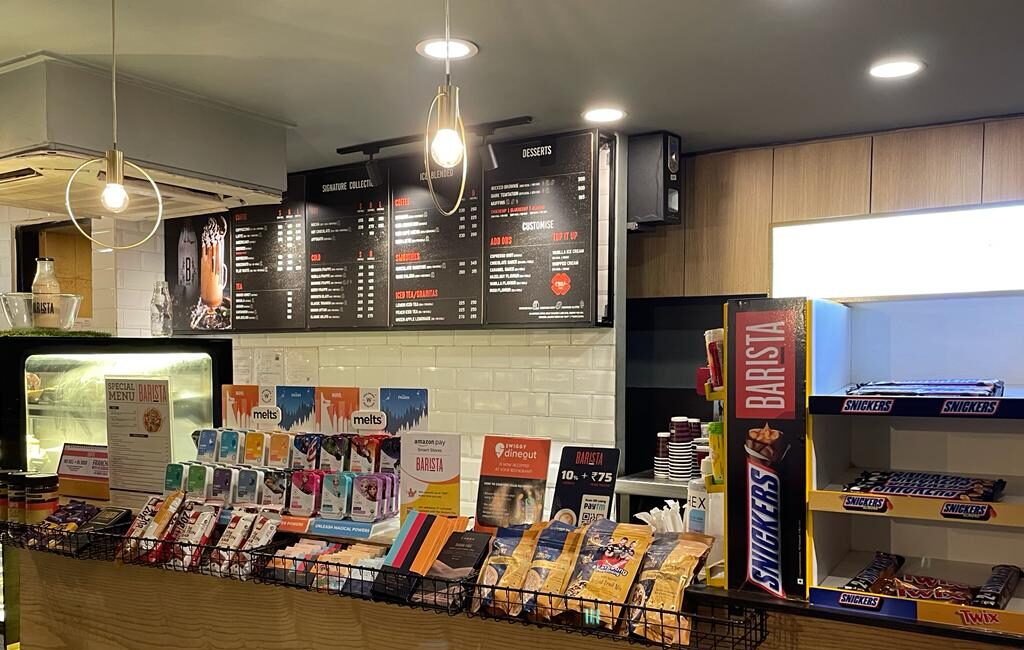
Many international and regional coffee chains are entering the market. How do you plan to stay ahead?
We are already a market leader and quite ahead of many. Our growth agenda is not restricted, and it is going at a rapid pace. We are targeting 500 stores in the coming two years. The monthly target for us is to open five to six stores. We have 352 operational stores currently and by this number we will reach the 500 stores mark in the next 24 months.
As far as the competition is concerned, it will always be there. The appetite of people for going out is increasing day by day and it is offering immense opportunity. The idea is to stick to our best and create equity among customers so they come back, again and again.
How is your online store doing?
We started the online store in 2018 and have learnt a lot from this model. The idea of the online store was to develop some customised packaging solutions and to provide a picture-perfect solution and experience when the product reaches the customers. So far, we have been doing well in this segment and it has become a significant part of our business.
Tell us about the brand’s international presence.
We are the largest café chain in Sri Lanka and are looking at venturing into new markets like Maldives, Bangladesh, Nepal and Middle East market as well. In Sri Lanka, we operate almost 22 outlets; the second largest chain after us has not more than 5 outlets across the country.
We will be opening 10 more outlets this year. Therefore, we are far ahead of the competition there.
Do you plan to expand in the drive-through segment as well?
We are looking into the drive-through segment of business and we are talking to some of the highway retail operators to look at creating similar concepts.
The concept is still to pick up in India for coffee chains; it is still restricted to QSR. Drive-through is an interesting segment, we would look for an ideal location to kick start this journey with the new-age infrastructure which is planned on highways. Once the take-out business increases, opportunities around drive-through will also grow.


